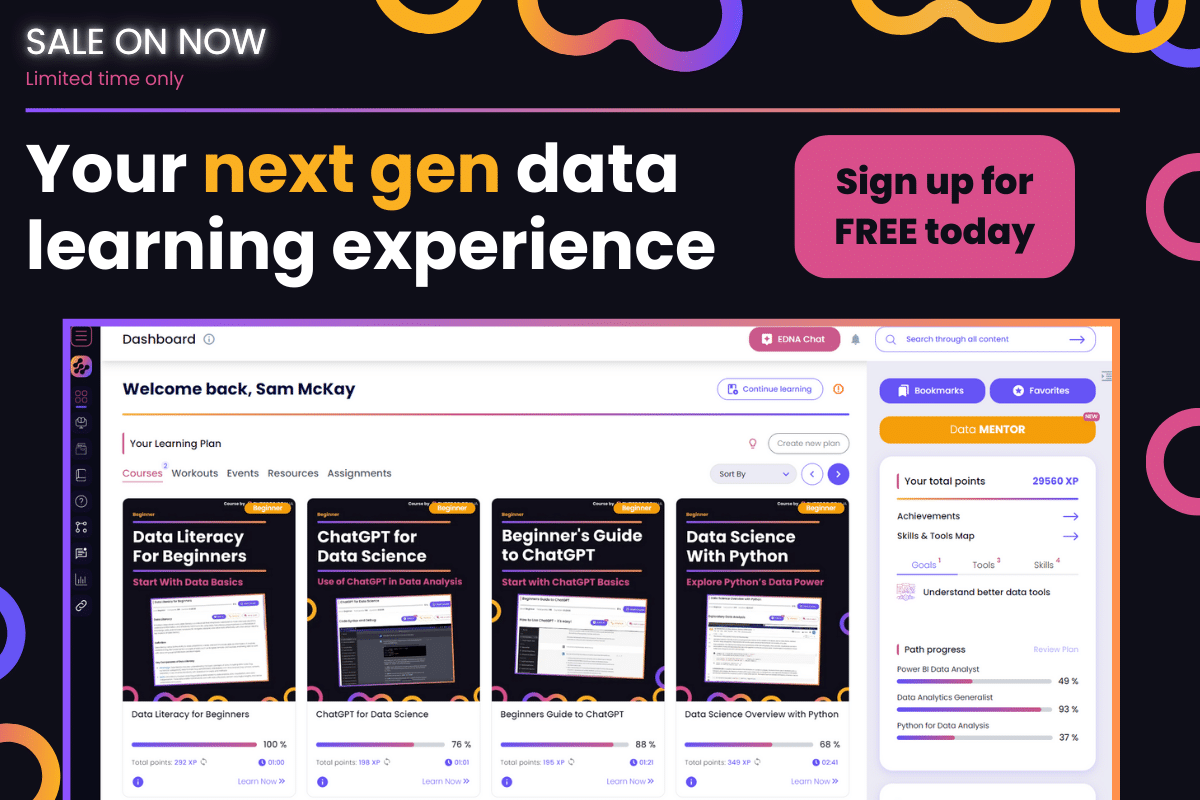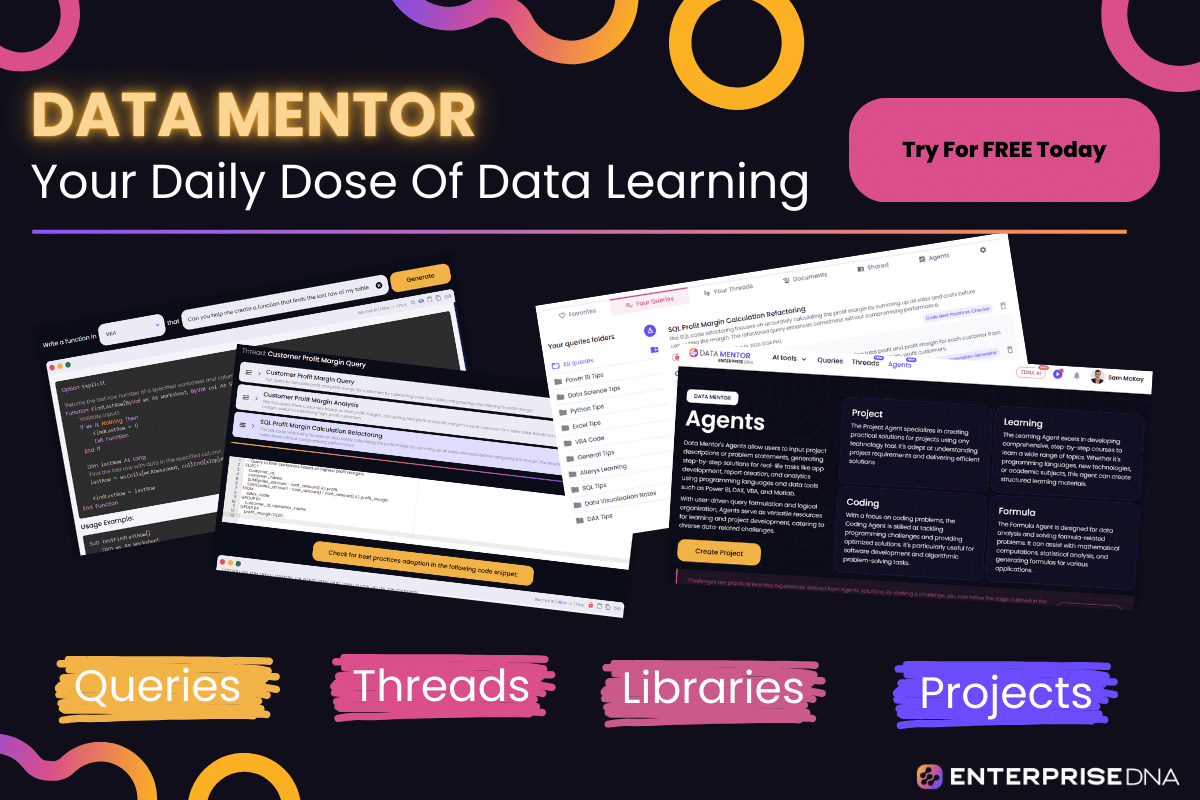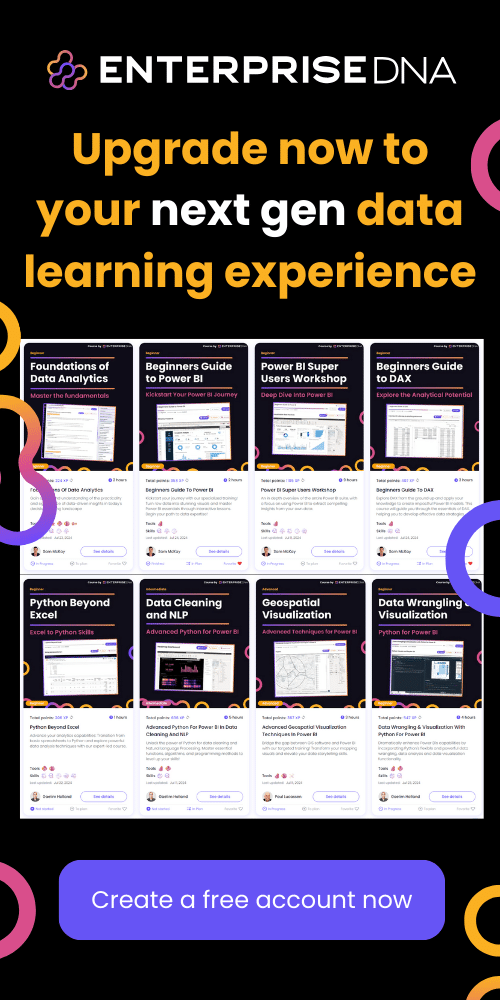Introduction to Google Colab and Google Drive
Overview
Google Colab (Colaboratory) is a free cloud service by Google that provides an environment for coding and data analysis, especially suitable for machine learning, data science, and education. It allows you to write and execute code in a web-based notebook environment. One of the most powerful features of Google Colab is its integration with Google Drive, which enables users to efficiently store and access large datasets and project files.
This guide will walk you through setting up Google Colab and integrating it with Google Drive for efficient data storage and retrieval.
Set up Google Colab
Accessing Google Colab
Navigate to Google Colab:
- Open your web browser and go to Google Colab.
Sign in with Google Account:
- Ensure you are signed into your Google account. If not, you will be prompted to do so.
Create a New Notebook:
- Click on the “File” menu.
- Select “New notebook”.
- A new notebook interface will appear which you can start using immediately.
Integrating Google Drive with Google Colab
Mount Google Drive
To leverage data and files stored in your Google Drive within a Google Colab notebook, follow these steps to mount your Google Drive:
Inserting Authorization Code:
Execute the following code cell in a Colab notebook:
from google.colab import drive
drive.mount('/content/drive')
Allow Permissions:
- After running the cell, a link will appear. Click on the link.
- You will be directed to a Google sign-in page.
- Choose your account and log in if necessary.
- Allow access to your Google Drive.
- Copy the authorization code provided.
- Paste the authorization code back in the Colab notebook when prompted.
Verification:
- After successfully pasting the authorization code, your Google Drive will be mounted and available at
/content/drive.
- After successfully pasting the authorization code, your Google Drive will be mounted and available at
Accessing Files from Google Drive
After mounting, you can access files in your Google Drive for read and write operations. The following example demonstrates how to list files in a directory within Google Drive:
- Listing Files:
Execute the following code to list files in a specific folder of your Google Drive:
import os
drive_path = '/content/drive/MyDrive/your_folder_name' # Replace 'your_folder_name' with your specific folder
file_list = os.listdir(drive_path)
print(file_list)
Upload and Download Files
Uploading Files to Google Drive
To upload files directly from your local machine to Google Drive via Google Colab:
- File Upload:
Execute the following code for file upload:
from google.colab import files
uploaded = files.upload()
for filename in uploaded.keys():
# Save the file at a specific Google Drive path
with open(os.path.join(drive_path, filename), 'wb') as f:
f.write(uploaded[filename])
Downloading Files from Google Drive
To download files stored in Google Drive to your local machine via Google Colab:
- File Download:
Execute the following code to download a specific file from Google Drive:
from google.colab import files
# Specify the file path in Google Drive
file_to_download = os.path.join(drive_path, 'your_file_name.ext') # Replace 'your_file_name.ext' with your file
files.download(file_to_download)
Conclusion
By setting up Google Colab and integrating it with Google Drive, you can combine the power of cloud-based computation with convenient and scalable file storage. This seamless integration allows for efficient data handling and collaboration on data science projects.
Remember to always manage Google Drive file paths properly and keep your authorization and access permissions secure.
Setting Up Integration between Google Colab and Google Drive
Step 1: Import Required Libraries
In this step, you will need to import libraries necessary for the integration.
from google.colab import drive
Step 2: Mount Google Drive
Using the drive.mount function, you can mount your Google Drive.
drive.mount('/content/drive')
Step 3: Access a Specific Directory in Google Drive
You can access specific directories within your Google Drive. Here’s an example of accessing a particular folder named “MyFolder”.
import os
# Change the directory to the specific folder in Google Drive
os.chdir('/content/drive/MyDrive/MyFolder')
# Verify the current working directory
print(os.getcwd())
Step 4: Reading and Writing Files
You can now read from and write to files within your Google Drive as if they were part of your local filesystem.
Reading a File
with open('example.txt', 'r') as file:
content = file.read()
print(content)
Writing to a File
with open('example_output.txt', 'w') as file:
file.write('This is a test output that will be saved to Google Drive.')
Step 5: Working with Large Datasets
You might want to work with large datasets stored in Google Drive. Ensure efficient data operations by leveraging pandas for data manipulation.
Example: Reading a CSV File
import pandas as pd
# Read a CSV file into a DataFrame
df = pd.read_csv('large_dataset.csv')
# Display the first few rows of the DataFrame
print(df.head())
Step 6: Saving Processed Data Back to Google Drive
After performing computations or data manipulations, you may need to save the results back to Google Drive.
# Assuming df is the DataFrame you have worked on
df.to_csv('processed_data.csv', index=False)
Step 7: Sharing Files
To share files located in your Google Drive, you can generate shareable links using the gdown library.
Example: Generating a Shareable Link
# Install gdown if not already installed
!pip install gdown
import gdown
# Replace 'file_id' with the unique ID of your file in Google Drive
file_id = 'your_file_id_here'
gdown.download(f'https://drive.google.com/uc?id={file_id}', 'downloaded_file.csv', quiet=False)
Closing Notes
By following the steps outlined above, you can effectively merge the computational capabilities of Google Colab with the storage facilities provided by Google Drive, allowing you to streamline your workflow and manage files effortlessly.
This completes the integration setup. You should now be able to manage and manipulate your files on Google Drive directly from Google Colab.
Accessing, Reading, and Writing Files via Google Colab
Accessing Google Drive in Google Colab
Once you have completed the integration setup between Google Colab and Google Drive, you can access your Google Drive files directly from Colab using the following code.
from google.colab import drive
# Mount Google Drive
drive.mount('/content/drive')
This will prompt you to authenticate and grant access to your Google Drive.
Reading Files from Google Drive
To read files, you need to specify the path to the file in your Google Drive. Here’s how you can read a text file.
file_path = '/content/drive/My Drive/path/to/your/file.txt'
# Open and read the file
with open(file_path, 'r') as file:
content = file.read()
print(content)
For reading a CSV file using Pandas:
import pandas as pd
csv_path = '/content/drive/My Drive/path/to/your/file.csv'
# Read the CSV file into a DataFrame
df = pd.read_csv(csv_path)
# Display the DataFrame
print(df.head())
Writing Files to Google Drive
To write a file back to Google Drive, specify the path where you want to save the file. Below is an example of writing text to a new file.
output_path = '/content/drive/My Drive/path/to/your/output_file.txt'
# Open and write to the file
with open(output_path, 'w') as file:
file.write('This is a sample text written to Google Drive from Google Colab.')
For saving a DataFrame as a CSV file:
output_csv_path = '/content/drive/My Drive/path/to/your/output_file.csv'
# Save DataFrame to a CSV file
df.to_csv(output_csv_path, index=False)
Summary
By mounting Google Drive and accessing it through predefined paths in Google Colab, you can seamlessly read from and write to Google Drive. This enables leveraging the storage capacity of Google Drive in conjunction with Colab’s computational resources.
Real-World Applications and Best Practices
Using Google Colab and Google Drive for Machine Learning
One of the primary uses for Google Colab is creating and experimenting with machine learning models. Here’s how you can leverage the power of Google Colab for machine learning, while storing datasets and trained models securely in Google Drive.
1. Training a Machine Learning Model
# Assume the setup and integration between Google Colab and Google Drive is already done
# Import necessary libraries
import tensorflow as tf
import pandas as pd
from sklearn.model_selection import train_test_split
# Load dataset from Google Drive
data_path = '/content/drive/MyDrive/path_to_your_dataset.csv'
dataset = pd.read_csv(data_path)
# Data Preprocessing
X = dataset.drop('target', axis=1)
y = dataset['target']
X_train, X_test, y_train, y_test = train_test_split(X, y, test_size=0.2, random_state=42)
# Build a simple Neural Network Model
model = tf.keras.models.Sequential([
tf.keras.layers.Dense(64, activation='relu', input_shape=(X_train.shape[1],)),
tf.keras.layers.Dense(64, activation='relu'),
tf.keras.layers.Dense(1, activation='sigmoid')
])
# Compile the model
model.compile(optimizer='adam', loss='binary_crossentropy', metrics=['accuracy'])
# Train the model
model.fit(X_train, y_train, epochs=10, validation_data=(X_test, y_test))
# Save the trained model to Google Drive
model_save_path = '/content/drive/MyDrive/saved_model/my_model'
model.save(model_save_path)
2. Loading a Pre-trained Model and Making Predictions
# Load the model from Google Drive
model_load_path = '/content/drive/MyDrive/saved_model/my_model'
loaded_model = tf.keras.models.load_model(model_load_path)
# Making Predictions
predictions = loaded_model.predict(X_test)
print(predictions)
Collaborative Data Analysis
Google Colab is also excellently suited for collaborative data analysis, where multiple people can contribute to a single notebook, analyzing and visualizing different aspects of a dataset.
1. Conducting Data Analysis
# Assume the setup and integration between Google Colab and Google Drive is already done
# Import necessary libraries
import pandas as pd
import matplotlib.pyplot as plt
import seaborn as sns
# Load dataset from Google Drive
data_path = '/content/drive/MyDrive/path_to_your_dataset.csv'
data = pd.read_csv(data_path)
# Data Analysis
plt.figure(figsize=(10, 6))
sns.countplot(data['feature_column'])
plt.title('Feature Column Distribution')
plt.savefig('/content/drive/MyDrive/plots/feature_distribution.png')
Best Practices
Organize Your Drive: Create a dedicated folder structure in Google Drive for datasets, models, and results to keep your work organized.
Version Control: Maintain different versions of datasets and trained models for reproducibility.
Collaborative Tools: Take advantage of Google Colab’s inbuilt features like comments and version history for effective collaboration.
Efficient Integration: Use symbolic links or path variables to make accessing content in Google Drive seamless and less error-prone.
Regular Backups: Regularly back up important code and results to avoid data loss.
By effectively integrating Google Colab and Google Drive, you can create a powerful, efficient, and collaborative data science environment that leverages the best features of both platforms.







